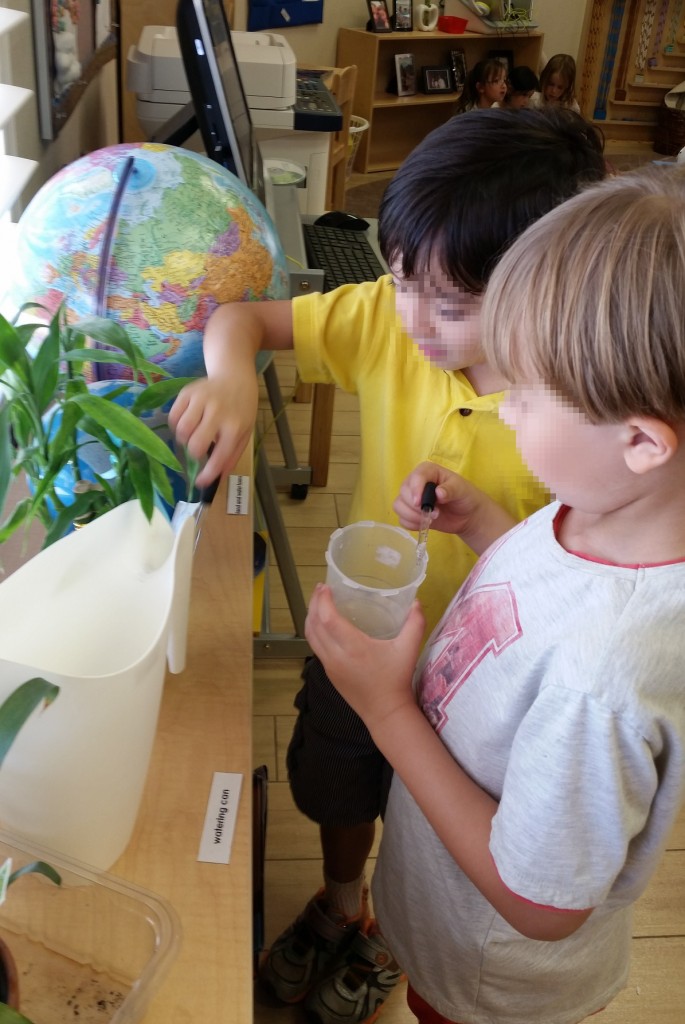Need an an easy-to-implement method to collect data on various aspects of your classroom? Look no farther than doing observations in the classroom. You are more than likely to be observing and making changes on an on-going basis throughout the day, although those observations are probably not documented.
There may be reason to do written observations in response to actions happening in the classroom or just to have a written record of progress for your students as information to use with parents, administration, or on progress reports. Sometimes a dedicated observation is needed for an intended purpose. Whatever your reason, observations can give new insight into both the children as well as the environment of your classroom.
There are several types of observations that can be done ranging from formal to very informal. Choose the methodology you need depending on your objective for doing an observation.
Narrative-style observations are the simplest to implement since they can be done without much preparation. Here are 3 types of narrative observation types:
Anecdotal record: This method consists of simply recording your observations about an event after the event has happened. In our classroom, we use this to record inappropriate behaviors that perhaps are happening on an on-going basis. Recording this events in a notebook that has been identified for this purpose makes anecdotal observations easy to record. We can later use this data for finding ways to modify the behavior, conversations with parents or administration, or for progress reports. A downside to this method, however, is you have to rely on your memory and also remember to write down what you saw, which may occur while you’re in the middle of other activities with children.
Running record: Using a running record takes a little pre-planning since this technique requires one to record events that are happening in real time. Ideally you have no other responsibilities for the 10 minutes or so the running record is being performed. So plan ahead and stay focused on the behavior being observed, objectively writing behaviors down as they happen. The benefit of this method is that you don’t have to rely on memory of what took place – you are noting actions as they occur.
Diary record: This observation format is useful for ongoing communication with parents or to just simply have a daily written record of what happened throughout the day. This one takes persistence to make sure it is done each day. It also relies on one’s memory to recall actions that may have occurred hours ago, making this method more subjective.
Personally, I find the anecdotal record format the easiest to implement. From simply jotting down notes on lesson plans to lengthier behavioral reports or notes on what is or isn’t working, anecdotal notes are my go-to method for regular observations in the classroom.
Next time we’ll discuss the benefits of observing another teacher.
Do you use narrative-style observations in your classroom?


Pingback: Observing Another Teacher - Virtually Montessori